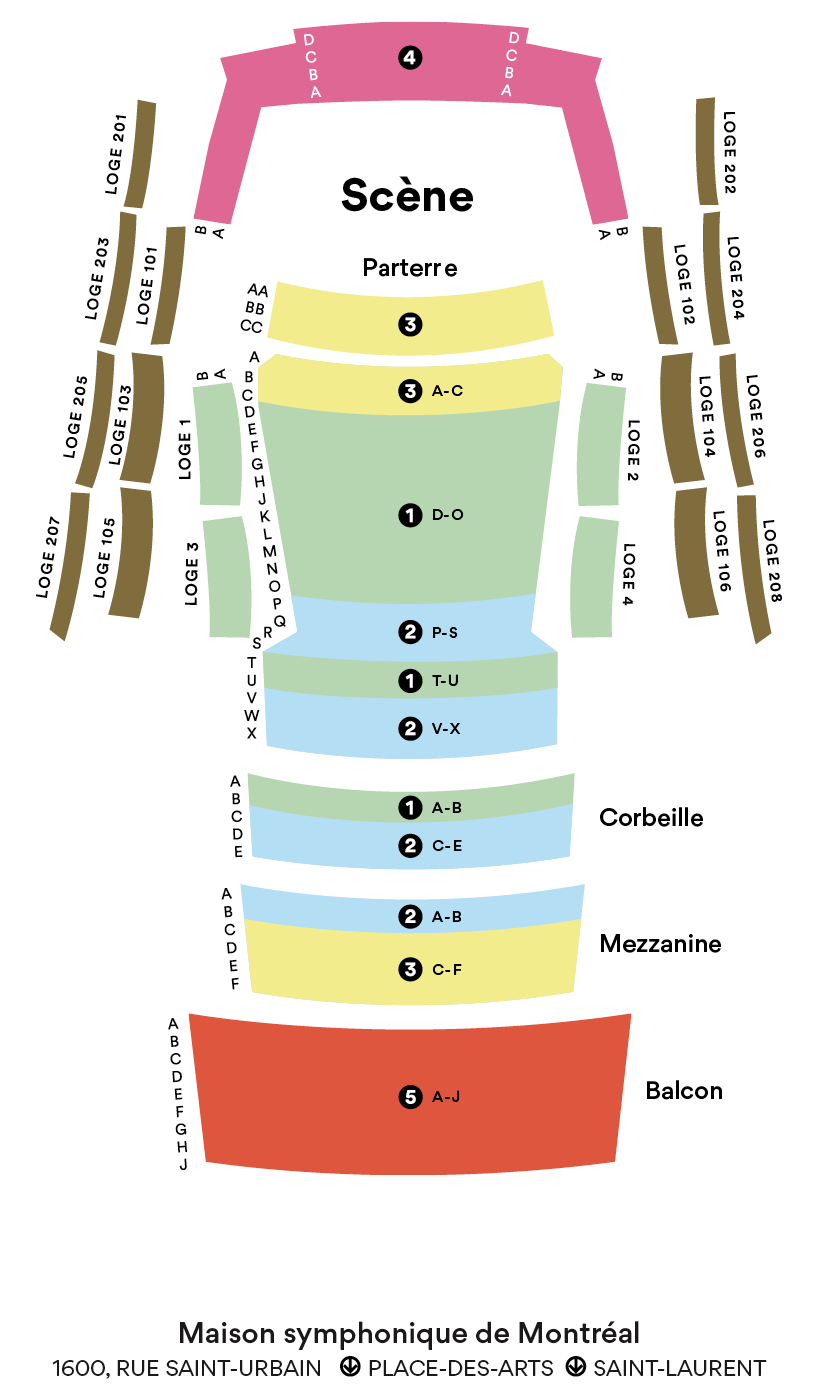Piano Concerto No. 3 in C major
Prokofiev
1891 – 1953
“There are still so many beautiful things to be said in C major.” – Sergei Prokofiev
What better fate for a young musical prodigy than to have a pianist mother, encouragement from his family and frequent visits from a distinguished composer like Reinhold Glière, who “never wanted to temper his fire”? That is precisely what Sergei Prokofiev enjoyed in his early youth in Sontsivska, Ukraine. The academicism that awaited him at the Saint Petersburg Conservatory could only disappoint, despite his having teachers like Rimsky-Korsakov and Liadov, though he did become an exceptional pianist there and developed a profoundly original compositional style. An independent musician, he cultivated a manner that was “direct and forthright, headstrong and naïve, impulsive even, often capricious and fantastical” (Vladimir Fedorov).
Prokofiev began work on the first sketches of what would become the third and most popular of his five piano concertos in 1913. He would complete it only eight years later during a stay in Brittany – the poet Konstantin Belmont, to whom Prokofiev played excerpts during the work’s composition, rhapsodized “The invincible Scythian strikes the tambourine of the sun!” At the time, Prokofiev had left Russia, then in the midst of the revolution, to travel the world as a concert virtuoso with the United States as his base from 1918 to 1922. After premiering his Piano Concerto No. 3 in Chicago in 1921, he said, “The audience hardly understood it but commended it all the same.” The second performance, in New York, was a flop, but the work quickly gained popularity, especially in Europe.
The concerto begins with a short Andante on a melancholic melody presented by the clarinets and readable as being as much in major as in minor. There follows a nervous and determined Allegro. After a sarcastic-sounding second theme, the piano picks up the first, exchanges it with the orchestra and recovers its initial energy. The second movement introduces a “light, enigmatic” (André Lischke) theme continually renewed in five rapid-fire variations “harmonized in the style of Gershwin” in an “uninterrupted movement with syncopated accents and the hands playing in parallel” meditatively and chromatically before a ”dizzying race of arpeggios running up and down the keyboard” gives way to a contemplative conclusion. The final Allegro ma non troppo, whose material had been planned for string quartet in 1918, displays a “coarse, lowbrow energy” dominated by rhythm, with a grand romantic and wistful passage at its centre.
© 2023 François Filiatrault
Translation by Craig Schweickert
